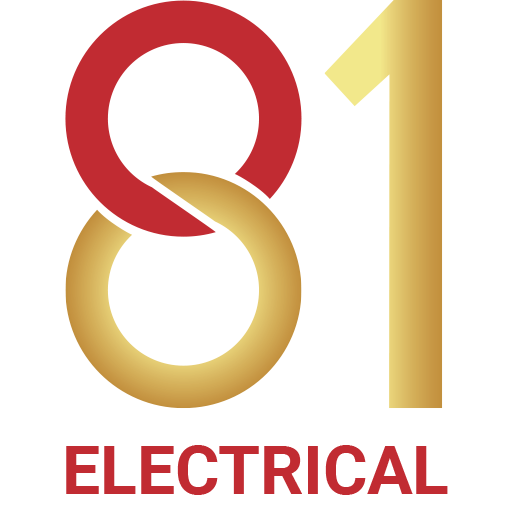Isolator vs. Circuit Breaker: What’s the Difference and When to Use Each?
Key Takeaways
- Isolators and circuit breakers play different but equally important roles in electrical safety.
- Learn where each device is typically installed in a home.
- Discover the importance of following safety standards and compliance in all installations.
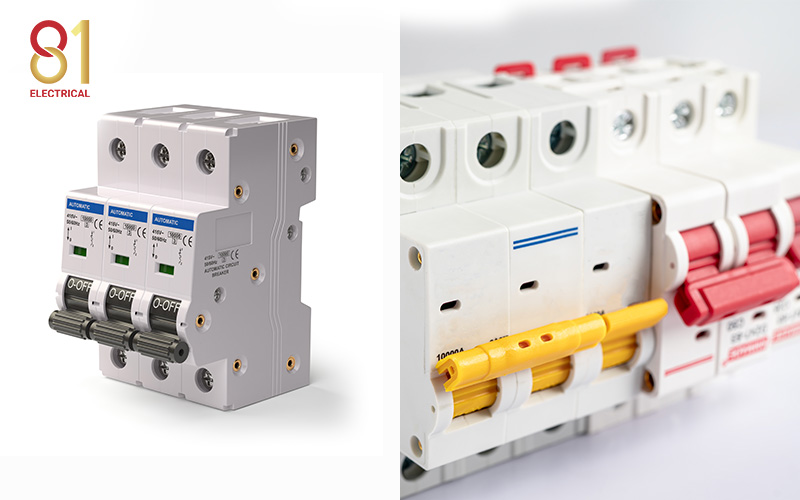
In any home, safety is a top priority, especially when it comes to electricity. That is why understanding the difference between an isolator and circuit breaker matters. These two components are commonly found in residential electrical systems and are both essential to safe operation, but they serve very different purposes.
Let’s take a closer look at how they work, where you will find them, and what role each plays in keeping your home safe and compliant with local regulations.
1. Purpose and Function
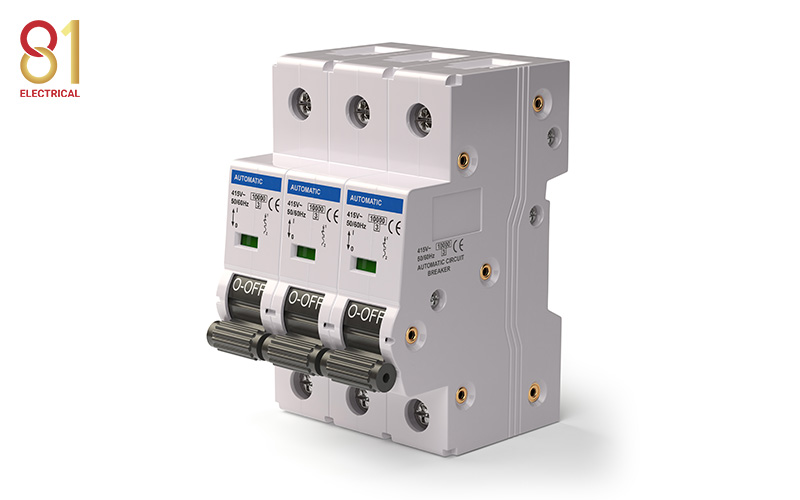
A circuit breaker is designed to protect your electrical system from damage. It detects faults such as overloads or short circuits and responds by automatically cutting off the power supply. This fast response protects your devices, wiring, and more importantly, you and your family.
Most circuit breakers are located in the electrical distribution board (commonly called the DB box in Singapore). Types include:
- MCB (Miniature Circuit Breaker) – For general circuit protection
- RCCB (Residual Current Circuit Breaker) – For detecting current leakage, reducing the risk of electric shock
An isolator switch, on the other hand, is a manual device used to disconnect equipment from the power supply. It does not protect against faults or overloads. Instead, its job is to provide a clear break in the circuit so that maintenance or repairs can be carried out safely. Once it has been switched off, the equipment will be physically isolated from the electrical supply.
In short:
- Circuit breakers are automatic, protective devices.
- Isolators are manual safety switches for servicing purposes.
2. Operation and Use Cases
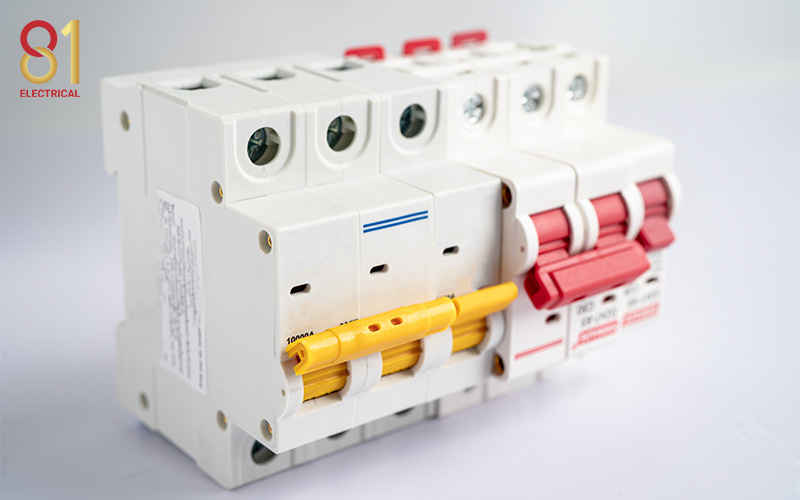
Isolators and circuit breakers also operate differently.
Circuit breakers function automatically. They react instantly to electrical faults by tripping the power supply. This makes them critical for daily protection and routine use. When a fault is detected, the circuit breaker trips to prevent overheating, fire, or shock hazards.
Isolator switches, however, are only used when the power is already turned off. They are not designed to break live current or react to faults. Instead, they serve as a visible and safe disconnect for people performing electrical work. Their role is to ensure that no electricity flows to a particular device or appliance while it is being serviced.
In everyday home settings:
- A circuit breaker keeps your entire household safe by tripping when something goes wrong.
- An isolator switch protects the person repairing or replacing an appliance.
3. Installation Examples in Singapore Homes
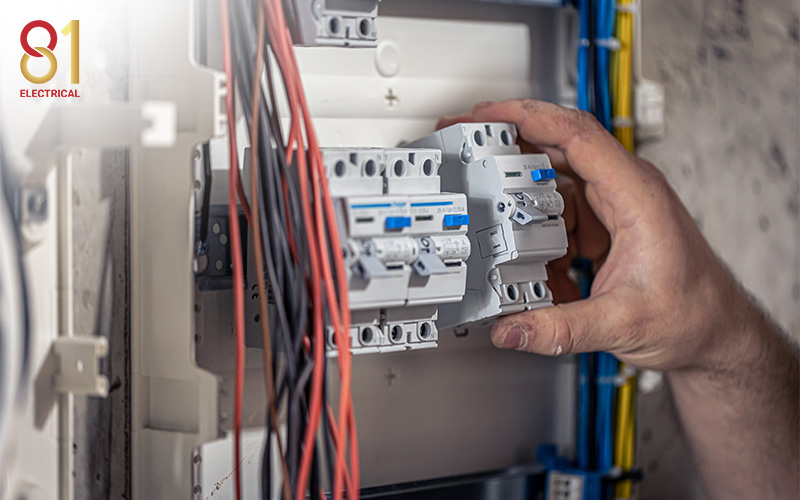
In Singapore homes, DB boxes house all your circuit breakers. Each breaker is linked to a different part of the home, such as lighting, sockets, air conditioning, and so on. RCCBs are typically included to prevent current leakage and reduce the risk of electrocution.
Here are some examples of where circuit breakers are normally installed:
- In the electrical distribution board to control lighting and general-purpose socket outlets
- For aircon circuits, ensuring load is properly managed
- RCCBs are usually placed before groups of MCBs to protect entire sections of the home
Isolator switches, in contrast, are often located near large or outdoor appliances that may need to be serviced separately.
Common installation areas for isolators include:
- Outdoor aircon compressor units (often mounted on building facades or service yards)
- Electric storage or instant water heaters
- Rooftop or external kitchen appliances (like heavy-duty ovens)
These switches must be positioned in accessible, visible locations so they can be safely operated when needed.
4. Safety Standards and Compliance
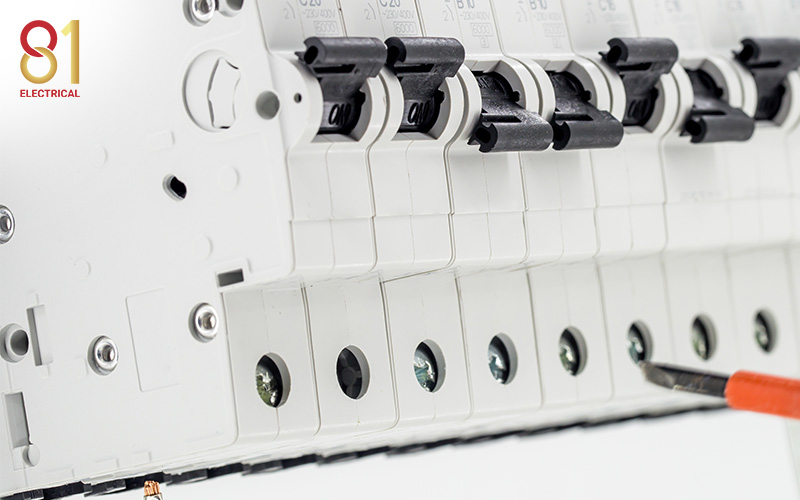
In Singapore, all electrical components, including isolator and circuit breaker units, must meet safety standards and compliance under SS 638, the national standard for electrical installations.
For circuit breakers:
- They must be correctly rated to match the circuit load.
- Grouping and labelling in the electrical distribution board must be clear and consistent.
For isolators:
- Must be properly labelled and installed near the equipment they serve.
- Outdoor units must be weatherproof and safely mounted.
- Switches should never be hidden behind walls or furniture, as accessibility is essential.
Hiring a professional for any electrical installation service ensures that all equipment, such as isolators and circuit breakers, is installed to code and functions as it should.
Although they may look similar, an isolator and circuit breaker serve distinctly different functions. Circuit breakers protect your home from electrical faults by responding immediately to overloads and short circuits. Isolators offer a safe, manual disconnection point for maintenance work. Nevertheless, both devices are just as important to safety.
Additionally, understanding their roles, especially in the context of DB boxes, appliance servicing, as well as safety standards and compliance, can help you manage your home’s electrical setup more effectively.
This is where our team at 81 Electrical can help. As a trusted electrical company in Singapore, we provide reliable electrical installation services, including new circuit breakers, isolator switches, and full rewiring. Our team ensures that all work is done safely, legally, and effectively.
To find out more about the various electrical services we have to offer, please contact us today.
